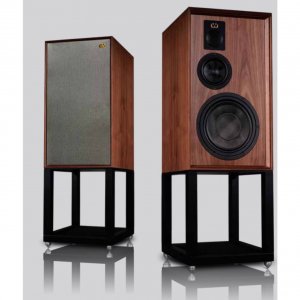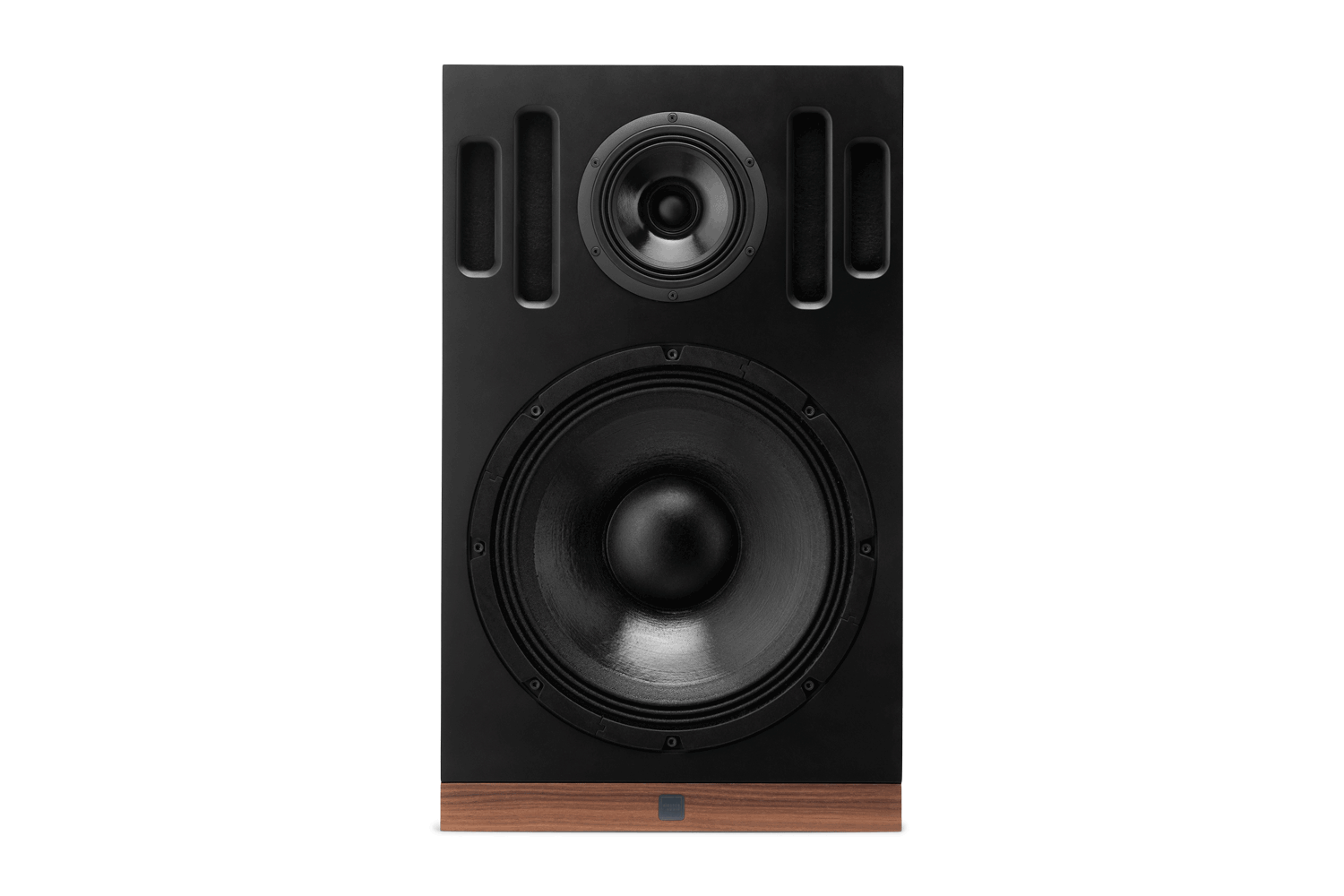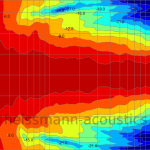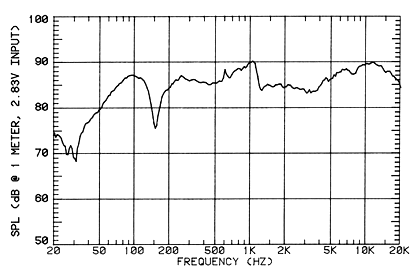Obviously there's a lot more nuance than is implied in my sort of click-baitish title (had to keep it short), but...
The question was
partially inspired by my listening to this podcast:
Why BIGGER loudspeakers are BETTER
Show Darko.Audio podcast, Ep Why BIGGER loudspeakers are BETTER - Apr 23, 2023
podcasts.apple.com
Where Peter Comeau if AIG talks about designing the larger new Wharfedale Dovedale speakers, and why smaller/slim speakers tend to be a compromise:

Clearly this is yet another speaker in the trendy "bringing back old school big box wider baffle speaker design" trend, at least in the audiophile world. And it's more that trend, than the specific podcast, that I'm thinking of. Though not strictly limited to the old-school designs...really anything on the subject of why bigger/wider speakers may be desirable vs the slimmer speakers.
I appreciate some of the remakes, like the JBL L100 that re-present the classic design language with modern innards. But I have a have a general horror of that form for some reason. I have a friend who has enthuses about Harbeths (and I've heard several with them) and was into another (less nice) throwback brand that I just had to change the subject about. Big bass drivers with concentric rings, wood veneer boxes with protruding front edges and fabric grilles. There's no nostalgia there for me I guess. Otoh I think the current Yamaha NS-5000 is pretty gorgeous. That's a thoroughly modern-looking implementation and the fit/finish/detailing/materials are entirely fabulous.
Of course any manufacturer/designer can come up with an excuse to hop on the "old school box speaker" design trend. (I'm looking at you, Mo-Fi).
But nonetheless, some make the case based on claims like how bigger speakers are easier to design to sound rich and full, how they can get around some of the baffle-step problems that lead many slim speakers to a lack of body/richness/scale etc.
The arguments for jumping out of the slim speaker paradigm is that the goal of trying to make speakers ever more domestically acceptable pushed speaker designers to ever thinner speakers, with smaller drivers, (and lower sensitivity) which tend to compromise sound for looks.
Yes, you can get higher sensitivity with wide baffle but that's not the critical issue it once was now that watts are cheaper.
Personally, I caught the narrow floorstanding speaker "bug" when I heard Audio Physic Virgo speakers in the 90's, and later owned several Audio Physic models. I really loved the way they did not take up much visual space and "disappeared" as apparent sources of the sound, with a big airy soundstage etc.
My Audio Physic (4-way floor-standers) are 200 mm wide, barely more than the 180 mm mid-bass driver on the front. But for ages now they've been mounting their bass drivers on the side (in force cancelling mode) as KEF does on certain models, or still sideways but inside on the current reference line (a 250 mm bass driver in a 370 mm deep cabinet on mine). So narrow, but relatively deep, for the required volume.
Would they have more bass slam with a wider baffle affecting the 100-400 Hz range? Maybe. Or just another mid-bass driver on the front (like a couple of other models in the series)? The podcast dude makes the claim, but I found him pretty irritating, oozing entitled old-dude energy (triggering some negative bias on my part) and enthusing about tepid 60s and 70s rock music that he reckons had bass, really meaning mid-bass as bass proper wasn't discovered in modern music until the 90s.

On the other hand I've also come to appreciate a bigger, beefier sound from some of the more old-school wider-baffle/bigger driver designs. So...I like both.
At the moment I'm using Joseph Perspective floor standing speakers, the very definition of "small, domestically acceptable slim floor standing speaker," which tries to pack a big sound in a smallish speaker. I went back and forth between these and some of the bigger more old school designs. The wider speakers didn't ultimately suit the needs of my room, and I have to say I still quite enjoy the sort of magic act of sitting between widely spaced slim speakers that take up so little visual space yet seem to conjure up a vast soundscape.
What are your thoughts? Did you ever like any slim floor standing speakers? Are you "over them" and happy to go with beefier looking (sounding?) speakers that don't put a slim profile as a premium? And of course any arguments against the 'slim floor standing speakers are compromised' are welcome. (For instance, the new KEF LS60 has been very well received).
Well, I love the wide baffle Focal Utopia series, and they do sometimes seem to sound better for certain rock-adjacent modern stuff (but less good for electronic stuff) I like than my speakers. I also can't really afford them. The design aspects are complex, with many factors and system topologies already noted by replies in this thread. But I'd say if we are going to do listening comparisons we should do them blind, the psychology of "big" needs to be controlled for.
Edit: meaning that blind comparison would be useful to further explore differences between thin and fat topologies, not that we always need blind listening to identify speaker characteristics, of course.







